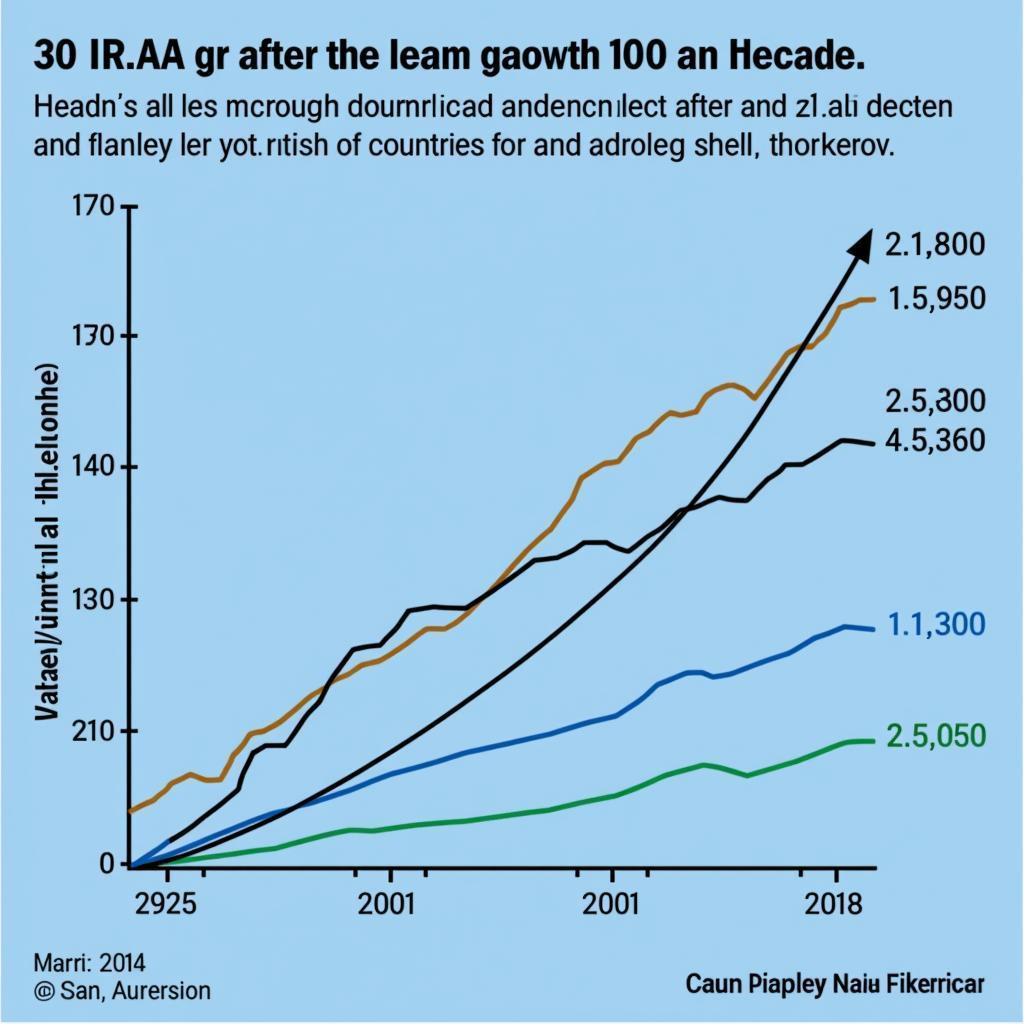Anthony Nelson’s perspective on the U.S.-ASEAN economic trade relationship is crucial for understanding the dynamics of this important partnership. This article explores Nelson’s insights and analyzes the key aspects of the U.S.-ASEAN economic ties, highlighting their significance in the global landscape.
Understanding the U.S.-ASEAN Economic Landscape
The Association of Southeast Asian Nations (ASEAN) represents a dynamic and rapidly growing economic bloc. The U.S., recognizing this potential, has consistently sought to strengthen its economic ties with the region. These efforts have manifested in various initiatives, trade agreements, and strategic partnerships. Understanding the current state of the U.S.-ASEAN economic trade relationship, as viewed by experts like Anthony Nelson, is essential for navigating the complexities of this evolving partnership. What are the key drivers of this relationship? What are the challenges and opportunities that lie ahead?
Key Drivers of the U.S.-ASEAN Economic Relationship
Several factors contribute to the growing importance of the U.S.-ASEAN economic relationship. First, ASEAN’s burgeoning middle class presents a lucrative market for American goods and services. Second, the region’s strategic location makes it a vital hub for international trade and investment. Third, the U.S. sees ASEAN as a key partner in its efforts to counter China’s growing influence in the region. Finally, the increasing interconnectedness of the global economy makes strong regional partnerships like the one between the U.S. and ASEAN more important than ever.
 U.S.-ASEAN Trade Growth Chart
U.S.-ASEAN Trade Growth Chart
Anthony Nelson’s Perspective on U.S.-ASEAN Trade
Anthony Nelson, a prominent voice in international trade, emphasizes the strategic importance of the U.S.-ASEAN economic relationship. He argues that strengthening ties with ASEAN is not just about economic benefits but also about fostering regional stability and security. Nelson believes that the U.S. should prioritize deeper engagement with ASEAN through initiatives that promote trade, investment, and technological collaboration.
“The U.S. must recognize that ASEAN is not just a market but a vital partner in shaping the future of the Indo-Pacific region,” says Anthony Nelson, Senior Fellow at the Institute for Global Economic Studies.
Challenges and Opportunities in the U.S.-ASEAN Economic Partnership
While the U.S.-ASEAN economic relationship holds immense potential, several challenges remain. Trade disputes, differing regulatory frameworks, and concerns about intellectual property protection are some of the key hurdles. However, these challenges also present opportunities for deeper engagement and collaboration. By addressing these issues head-on, the U.S. and ASEAN can unlock the full potential of their economic partnership.
The Future of U.S.-ASEAN Economic Cooperation
The future of the U.S.-ASEAN economic relationship hinges on several factors, including the ability of both sides to overcome existing challenges and forge a stronger, more comprehensive partnership. Increased investment in infrastructure, human capital development, and technological innovation are crucial for realizing the full potential of this relationship.
“Investing in ASEAN’s future is not just an act of goodwill but a strategic imperative for the U.S.,” states Maria Fernandez, Professor of Economics at the University of Southeast Asian Studies.
Building a Stronger U.S.-ASEAN Economic Partnership
Building a stronger U.S.-ASEAN economic partnership requires a multi-pronged approach. This includes promoting free and fair trade, strengthening regional security cooperation, and fostering people-to-people ties. By working together, the U.S. and ASEAN can create a more prosperous and secure future for the region and the world.
Conclusion
Anthony Nelson’s insights on the U.S.-ASEAN economic trade relationship highlight the importance of this partnership in the 21st century. By addressing the challenges and seizing the opportunities, the U.S. and ASEAN can forge a stronger, more mutually beneficial economic relationship that contributes to regional stability and prosperity.
FAQ
- What is the current state of the U.S.-ASEAN economic relationship?
- What are the key drivers of the U.S.-ASEAN economic partnership?
- What are the main challenges facing the U.S.-ASEAN trade relationship?
- How can the U.S. and ASEAN strengthen their economic ties?
- What is the future outlook for U.S.-ASEAN economic cooperation?
- What is Anthony Nelson’s view on the U.S.-ASEAN trade relationship?
- How can the U.S. and ASEAN promote sustainable economic growth in the region?
Need support? Contact us 24/7: Phone: 0369020373, Email: aseanmediadirectory@gmail.com, or visit us at: Thon Ngoc Lien, Hiep Hoa, Bac Giang, Vietnam.

